The Modes and Different Sounds Bundle
Note: This bundle is all included with a Full Access Membership to the site as well!
Different "Frameworks"
Modes are one of those things that are largely misunderstood, especially in the guitar community. Many people mistake modes for patterns on the fretboard. Modes are NOT just patterns on the fretboard though. Modes are simply a different perspective of a key.
In the fundamental courses, we focus exclusively on major keys and minor keys. In modal terms, we could call this the Ionian mode (aka. "major key") and the Aeolian mode (aka. "minor key").
Aside from the Ionian mode and the Aeolian mode, there are 5 other modes for which you can compose or improvise in. Each mode has its' own unique flavor (aka. "different sounds").
In the Modes and Different Sounds bundle, we deep dive into 4 of these other modes - Dorian, Phrygian, Mixolydian and Lydian.
Additionally we take a deep dive into the harmonic minor scale, which isn't a mode of the major scale. However, it does have modes of its own...all of which is learned in the Harmonic Minor Framework course.
What's all Included...
4 Modal Framework Courses
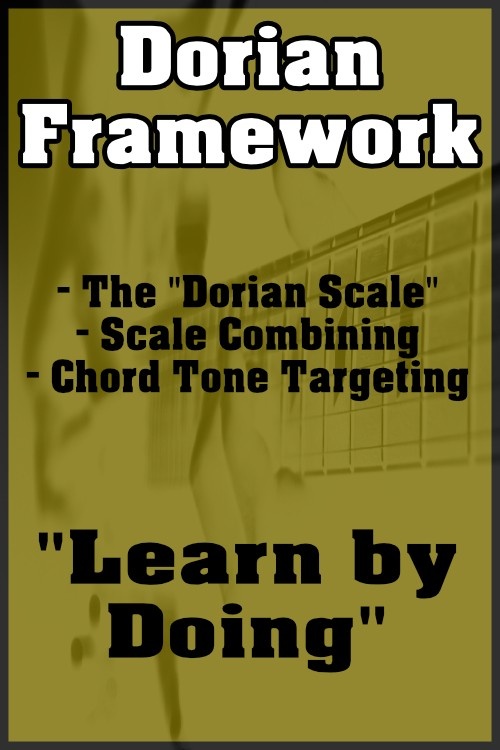
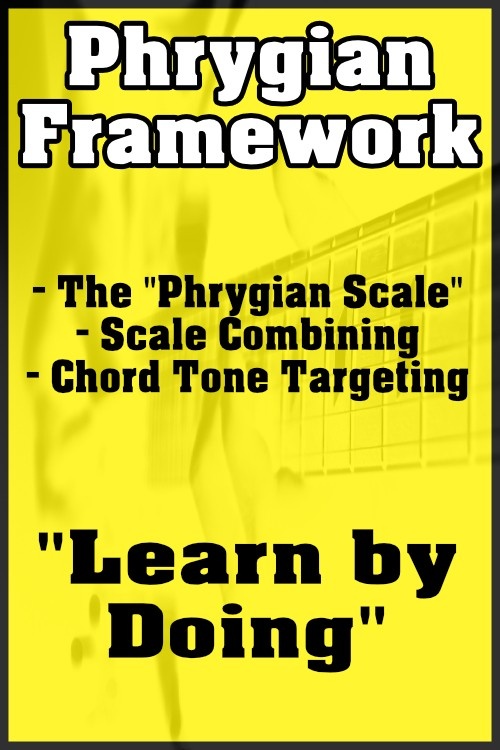
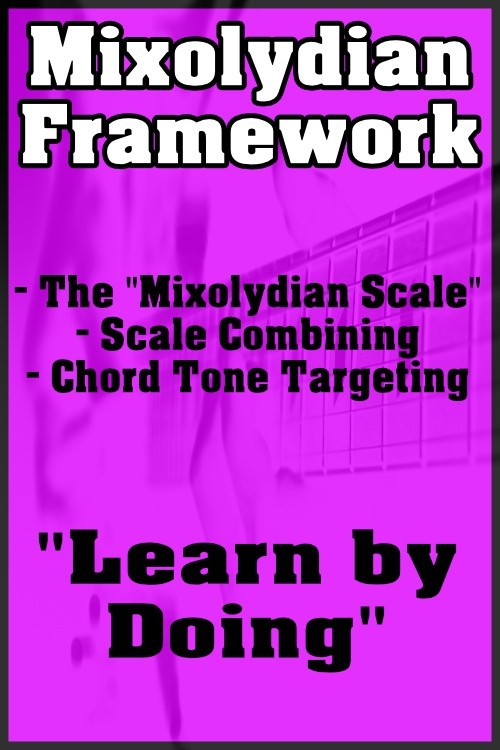
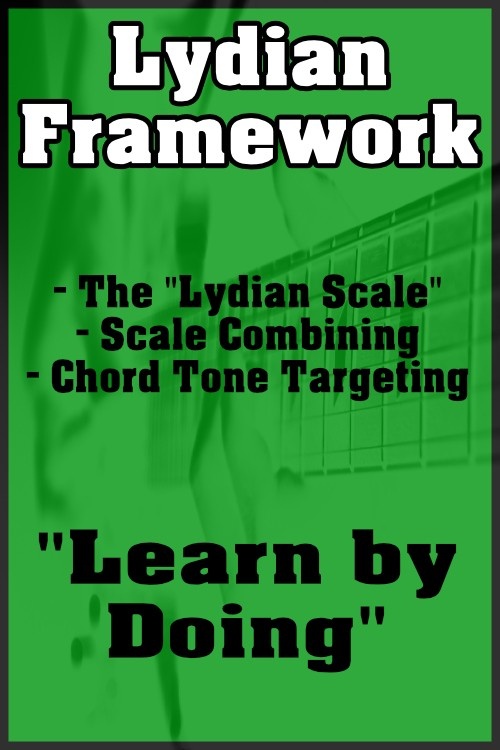
Learn by Doing - Each of these courses are equivalent to one another in terms of difficulty. In other words, it makes no difference what order you do them in. The concepts are all taught through the learn by doing methodology, which means that you should have your guitar in your hands as you navigate through the modules and follow along with the Video Backing Tracks. The main concepts that you will learn by doing are:
- Identifying and relating to the parent major scale - All modes share the same notes and patterns as 1 specific major scale, known as the parent major scale. This is one way of thinking about modes known as the relative perspective.
- Identifying the "characteristic chord combination" - For each modal framework, there is a distinct characteristic chord combination (CCC) which lets you know if it is a modal context. In each of these courses you learn to identify the CCC.
- Covering the fretboard with each modal scale - The other way to think about modes is via the parallel perspective, which is where you pay no mind to the parent major scale and instead treat each mode as its own unique scale. You can cover the entire fretboard using just 3 patterns, and this applies to ALL of the modal frameworks.
- Combining with the pentatonic and blues scale - Each mode is a 7-note scale, by eliminating 2 of these notes you are left with the 5-note pentatonic scale. What this means is that each modal scale combines very nicely with the pentatonic scale. Dorian and Phrygian combine with the minor pentatonic. Mixolydian and Lydian combine with the major pentatonic.
- Chord tone targeting - Once you get comfortable playing in other modal frameworks by applying the correct scale to the correct context, you can then take this a step further and apply the concept of chord tone targeting. If there is a chord progression present, then chord tone targeting ALWAYS applies. We are just doing it within a modal context now!
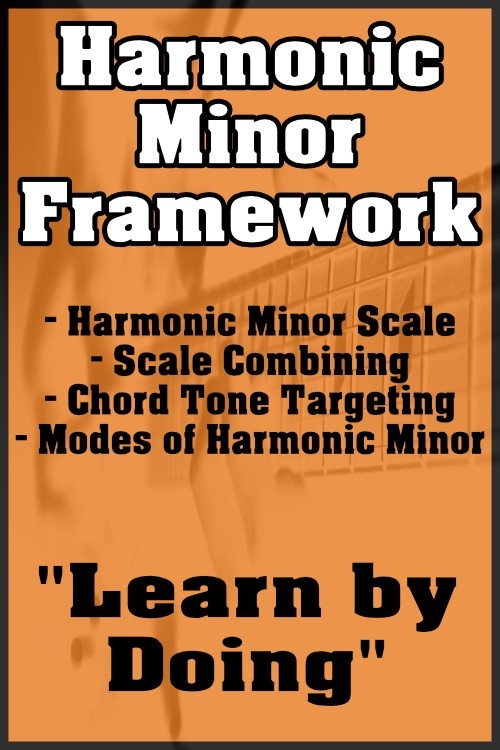
The Harmonic Minor Framework
This course is a whole different animal than the modal framework courses. The harmonic minor scale is created by making a 1-note alteration to the diatonic scale. This one single note results in a DRASTICALLY different sound. In addition to that, the harmonic minor scale has 7 modes of its own!
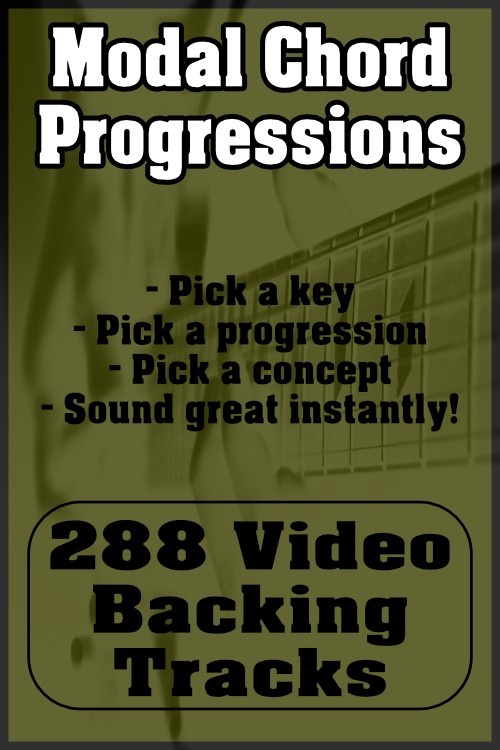
Modal Chord Progression Video Backing Tracks
There are 8 different modal chord progression to choose from...
- Pick a key
- Pick a progression
- Pick a concept (scale only, scale combining, chord tone targeting)
- Jam along and sound great while doing so!

Harmonic Minor Progression Video Backing Tracks
There are 4 different harmonic minor progressions to choose from. Two of them are in a minor key context, and two of them are in a major key context (it's actually called the Ionian #5 scale when used in a major key context). Just as with the modal chord progression video library...
- Pick a key
- Pick a progression
- Pick a concept
- Jam along for hours on end!

Give it a shot. If you decide within the first 30 days that you don't like it, just ask for your money back, and we'll give you a full refund!

